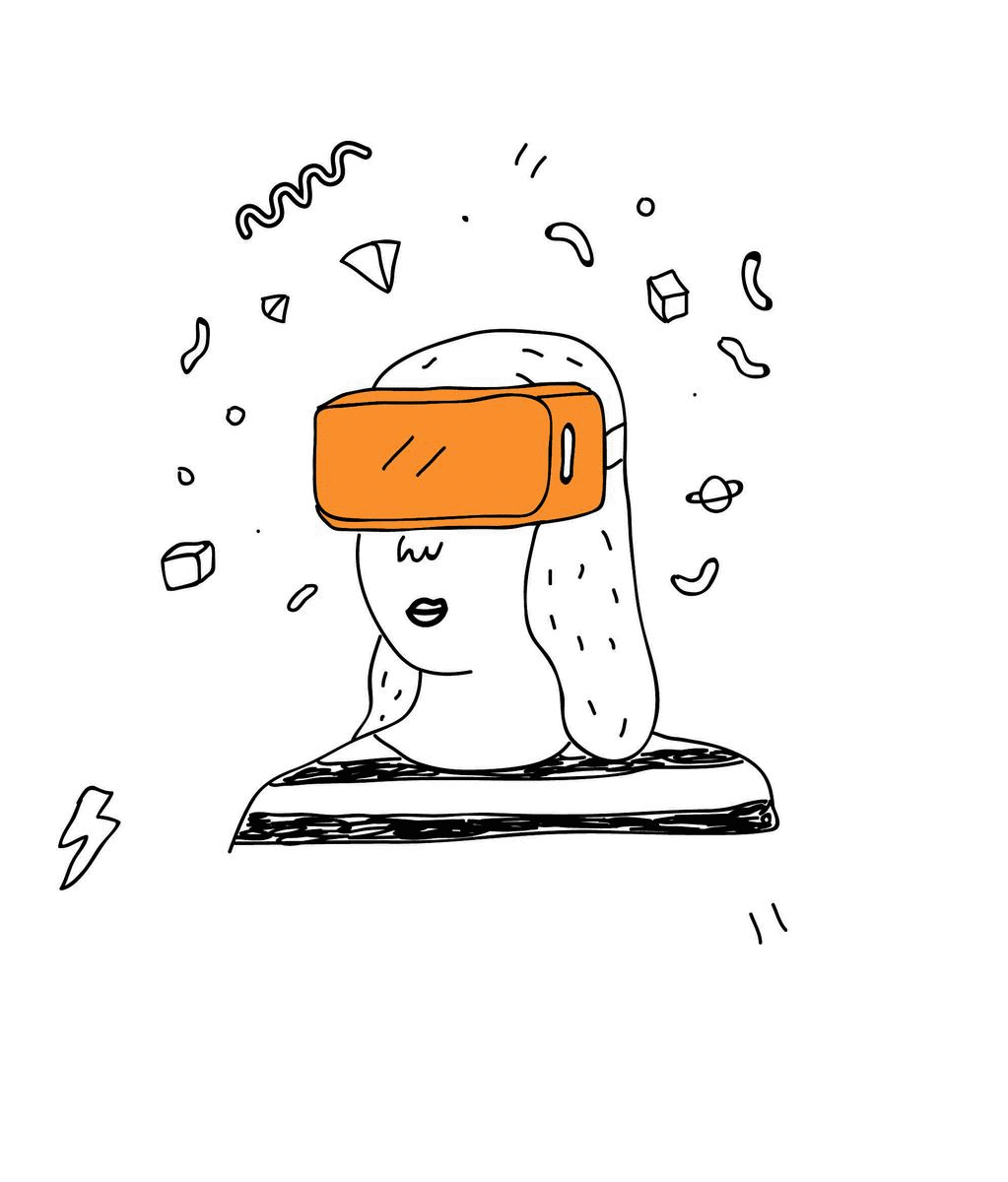
ECAADE2020
38TH EDUCATION AND RESEARCH IN COMPUTER AIDED ARCHITECTURAL DESIGN IN EUROPE
Berlin, Germany
16-18 September 2020
VIRTUAL REALITY AS A TOOL FOR MEASURING SPATIAL TENDENCIES IN URBAN EXPERIENCE
Burcu Nimet Dumlu
Abstract. Virtual reality (VR) enables the controlled acquisition of physical reality into the virtual environment. The virtual built environment stimulates people as physical urban experiences. Room-scale experience allows wandering around the urban space. The purpose of this study is to determine the spatial tendencies of the individual through distance structuring (proxemics) in the virtual reality environment. According to the concept of proxemics, individuals interact with the built environment and people through personal, social and public distances. The study provided a virtual space that was designed as a streetscape with a road and buildings along the way both sides. Users were immersed in the VR model for 10 minutes through navigating on the chosen route and recorded in the video. The objective was understanding how the architectural elements are related to proxemics tendencies. This study describes virtual reality as a tool for understanding user tendencies by analyzing user spatial behavior.
Keywords: Virtual reality, virtual space, proxemics, HTC Vive
